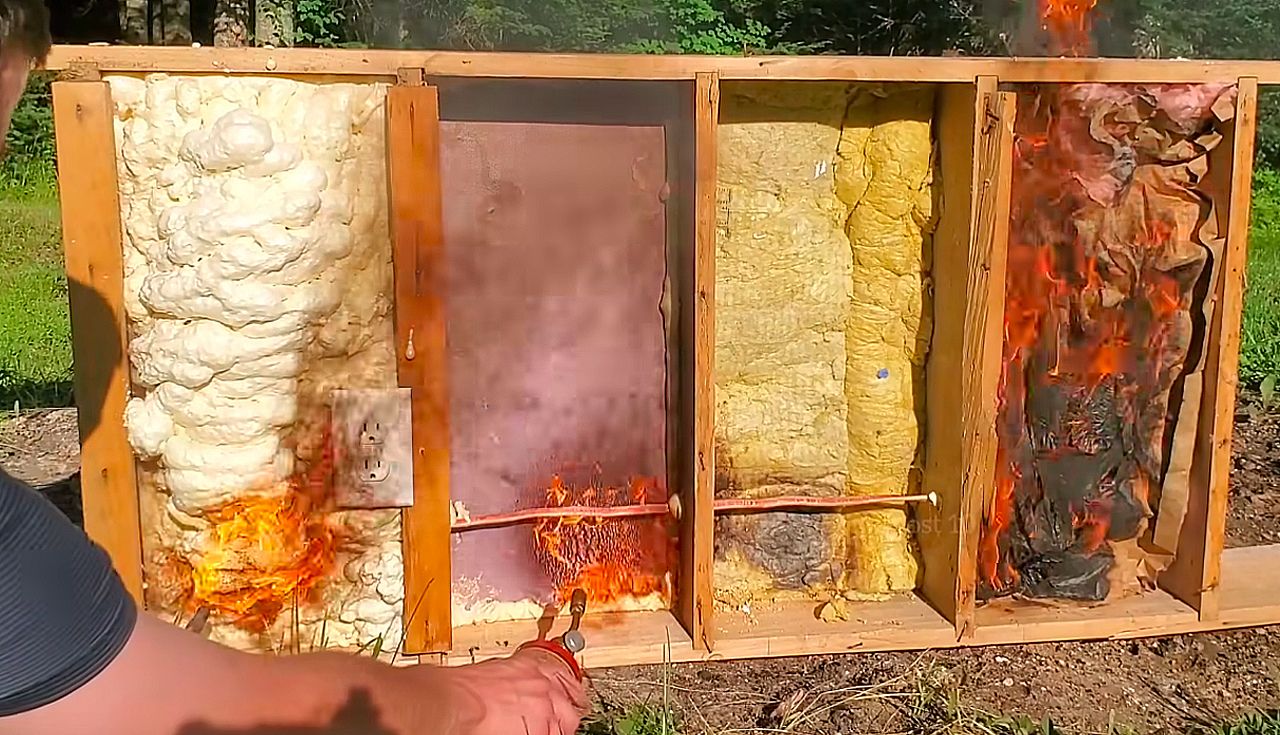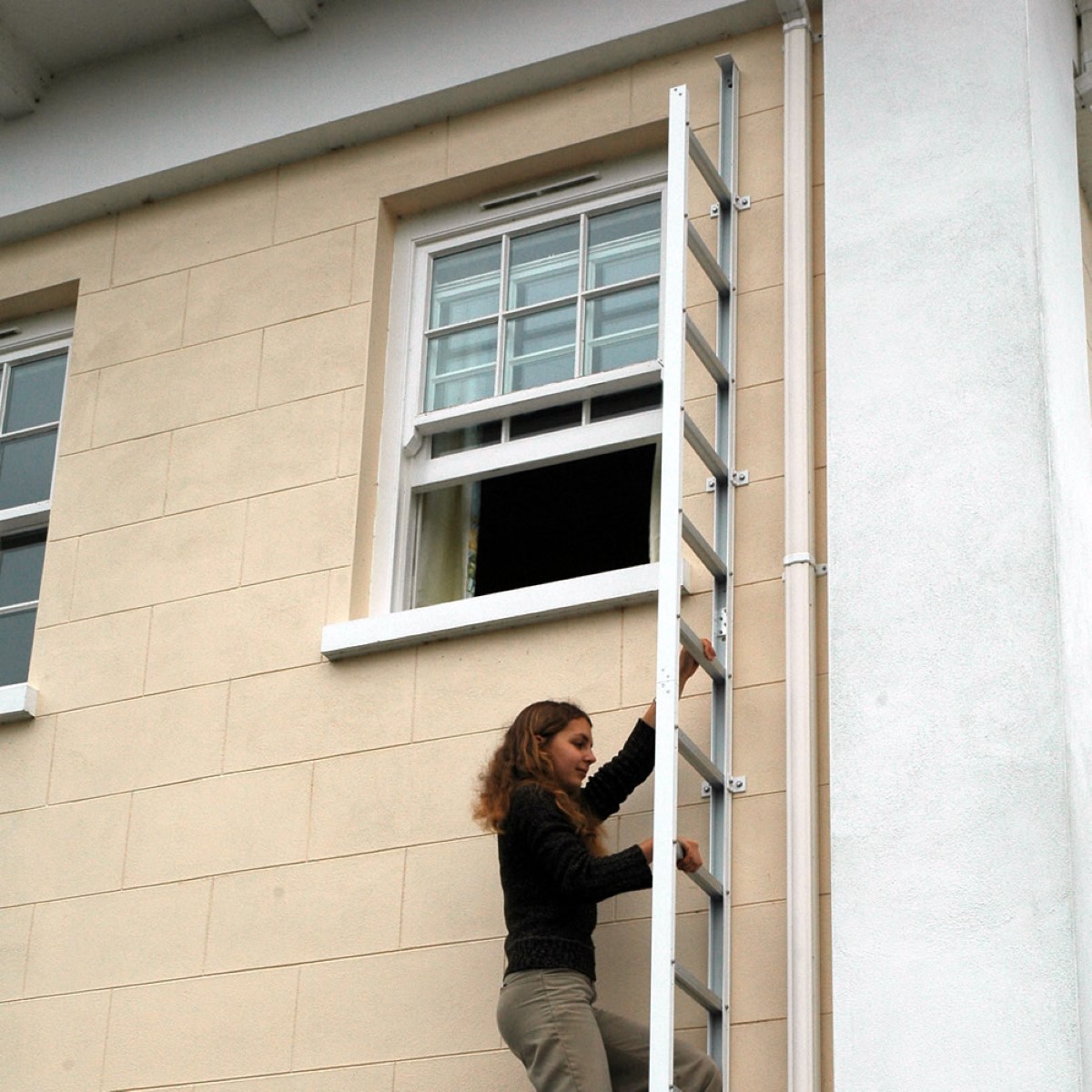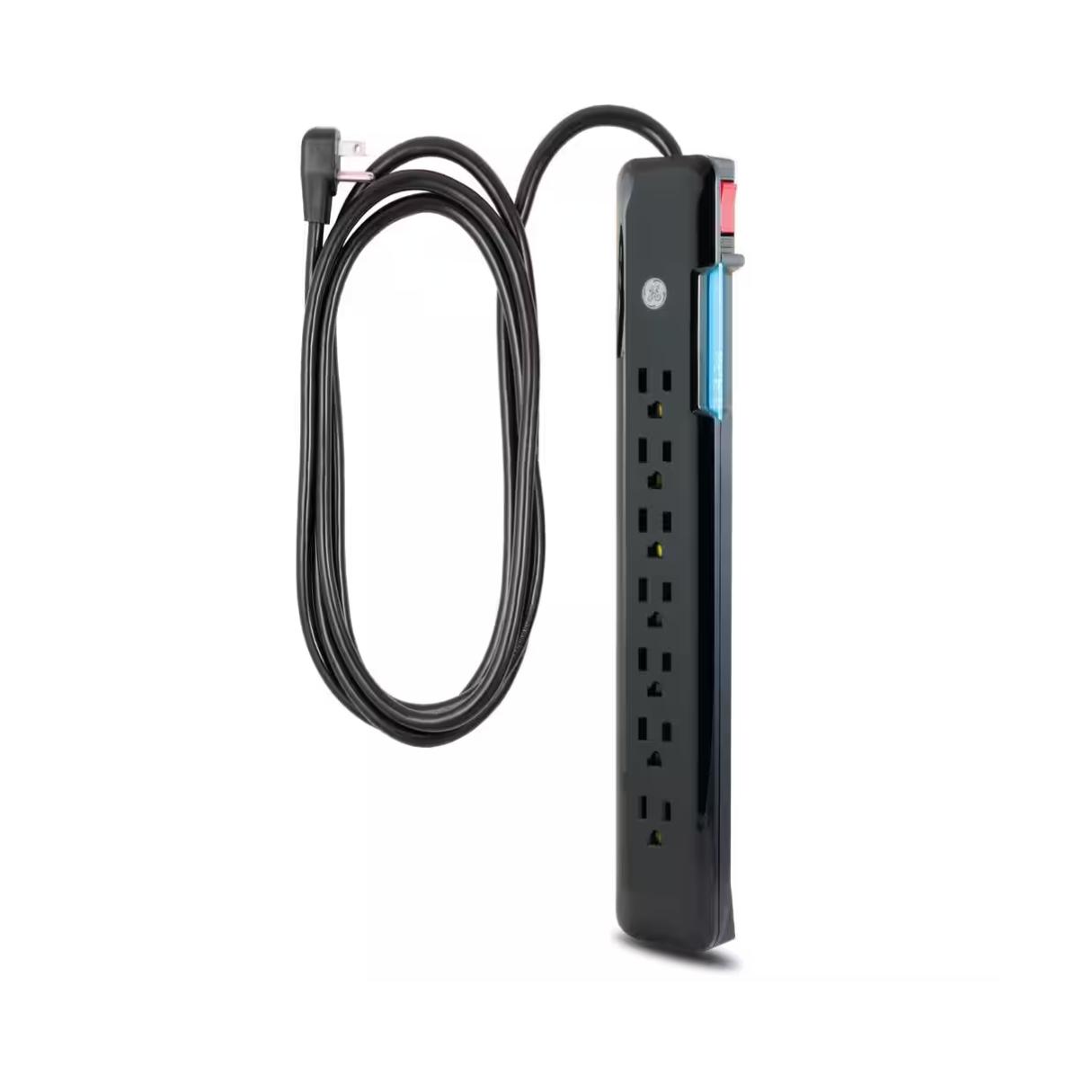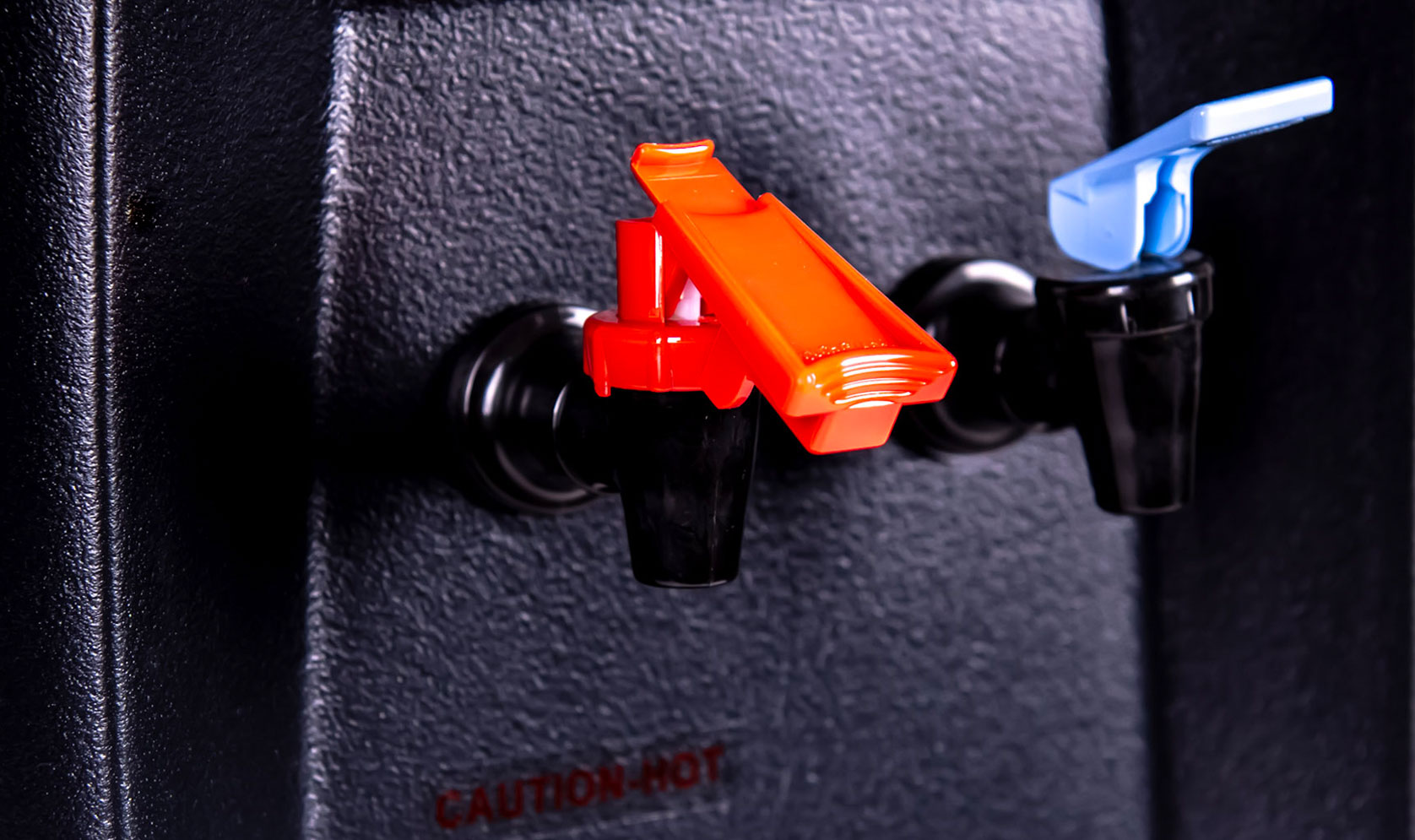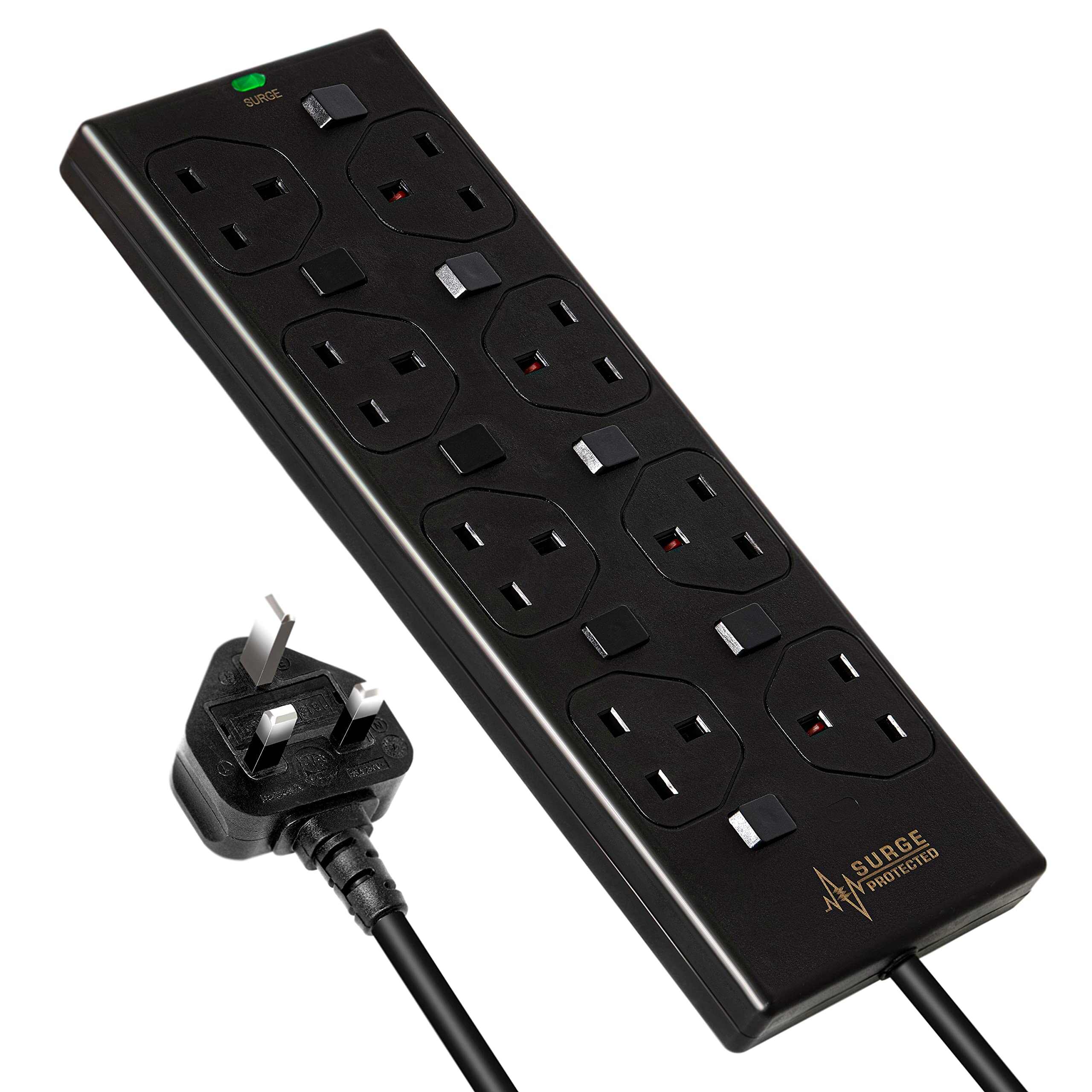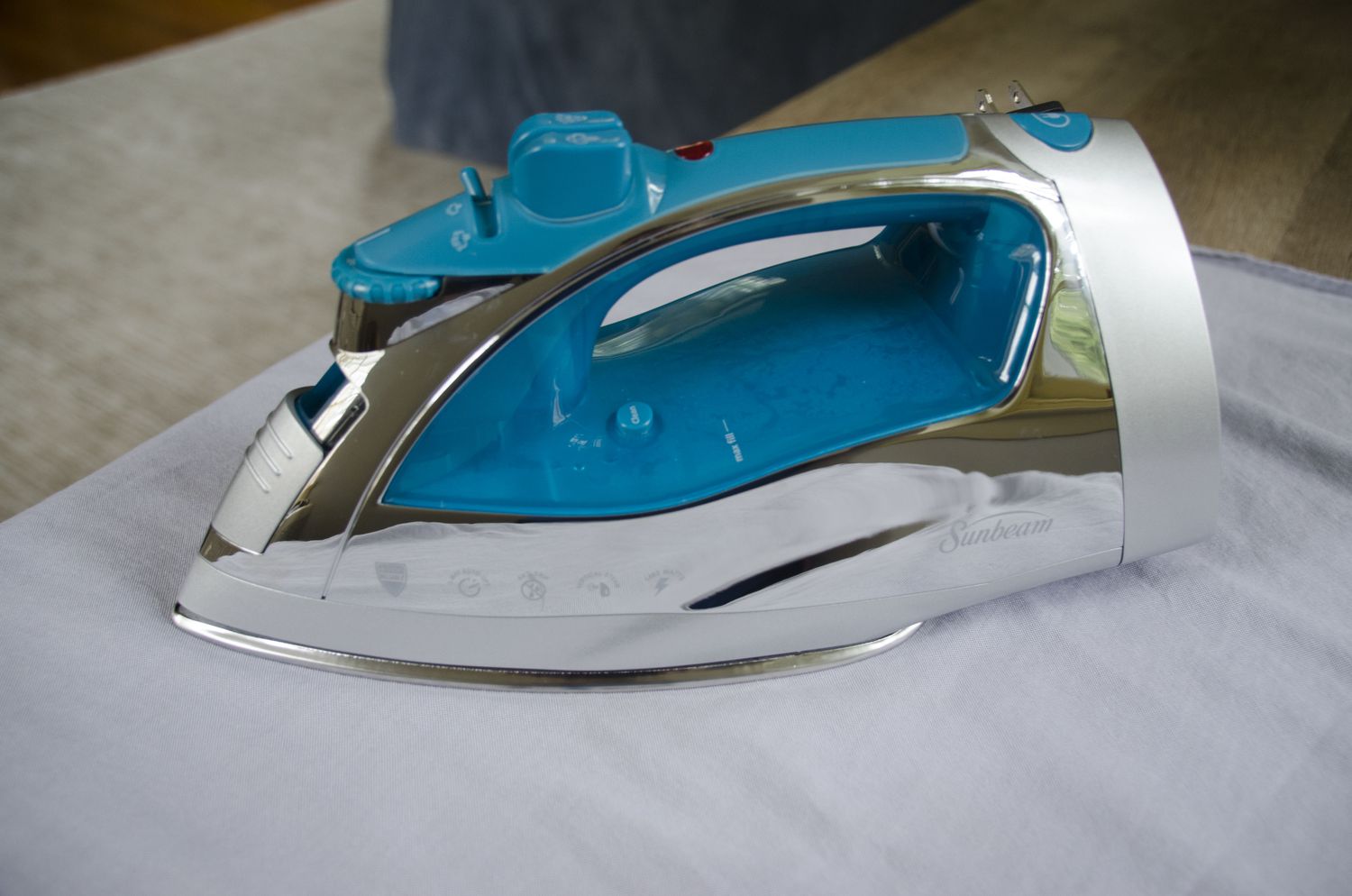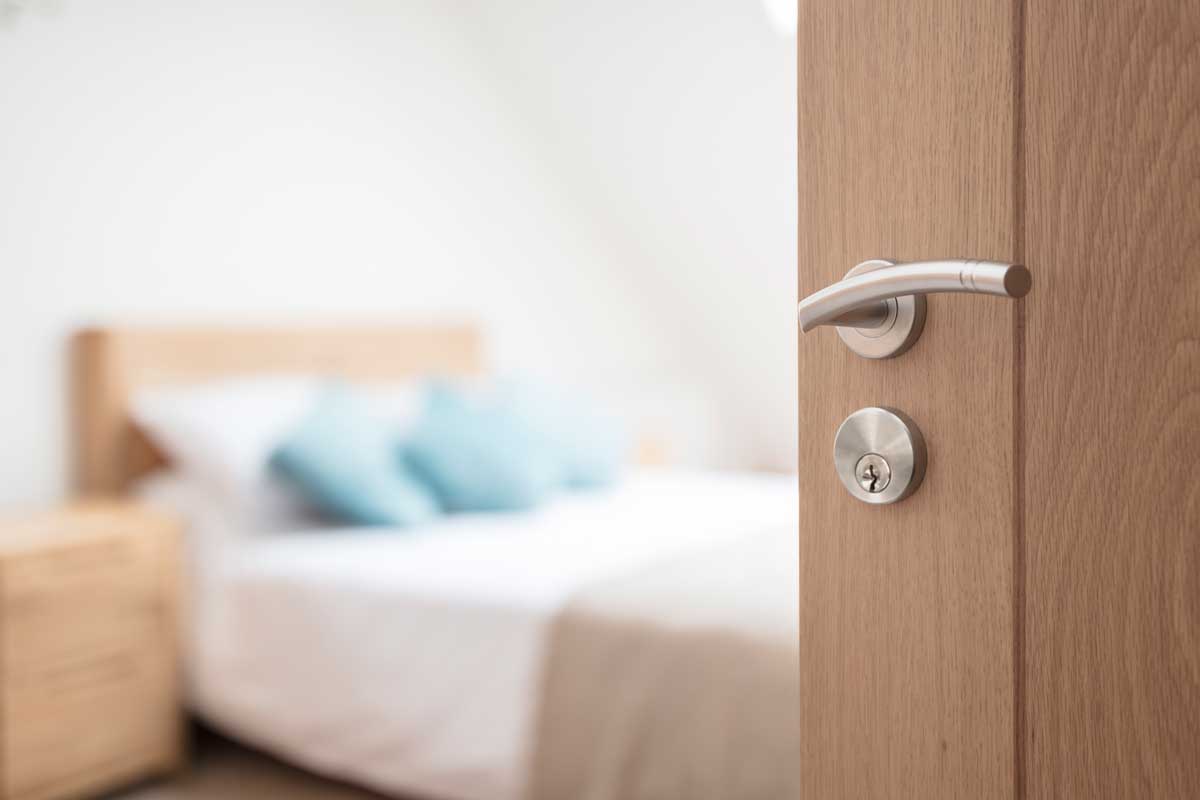Home> Fire Safety
Fire Safety Essentials: The Ultimate Guide for Protection & Prevention
Discover key steps in our comprehensive guide to Fire Safety. Prevent fire disasters, protect your properties and love ones. Stay safe, stay informed.
Why Is Water Leaking Around The Electrical Cord Base Of My Sunbeam Iron
By: Oliver Mitchell • Articles
